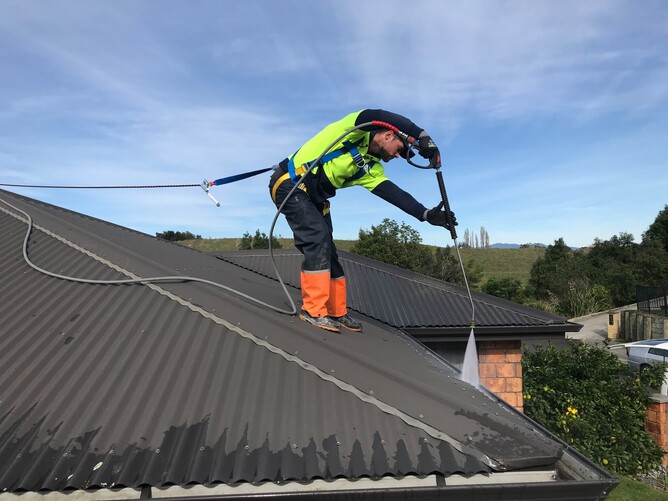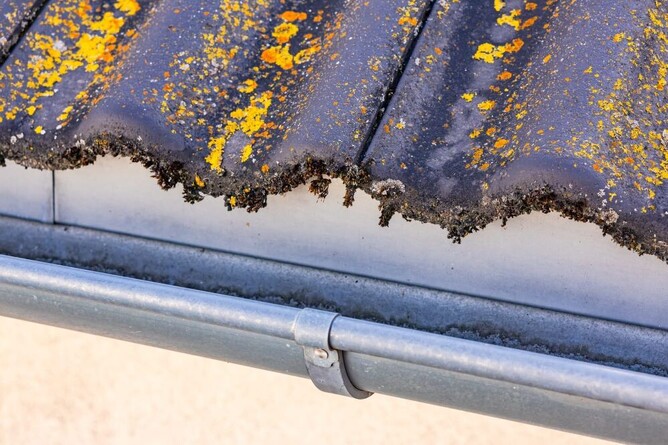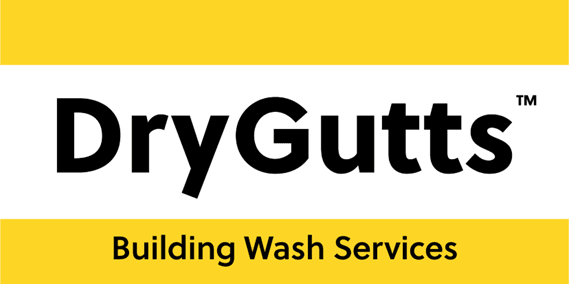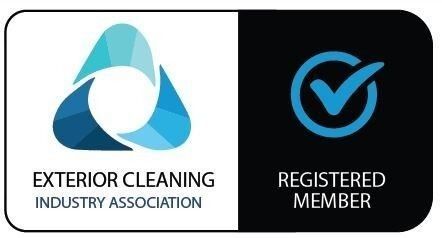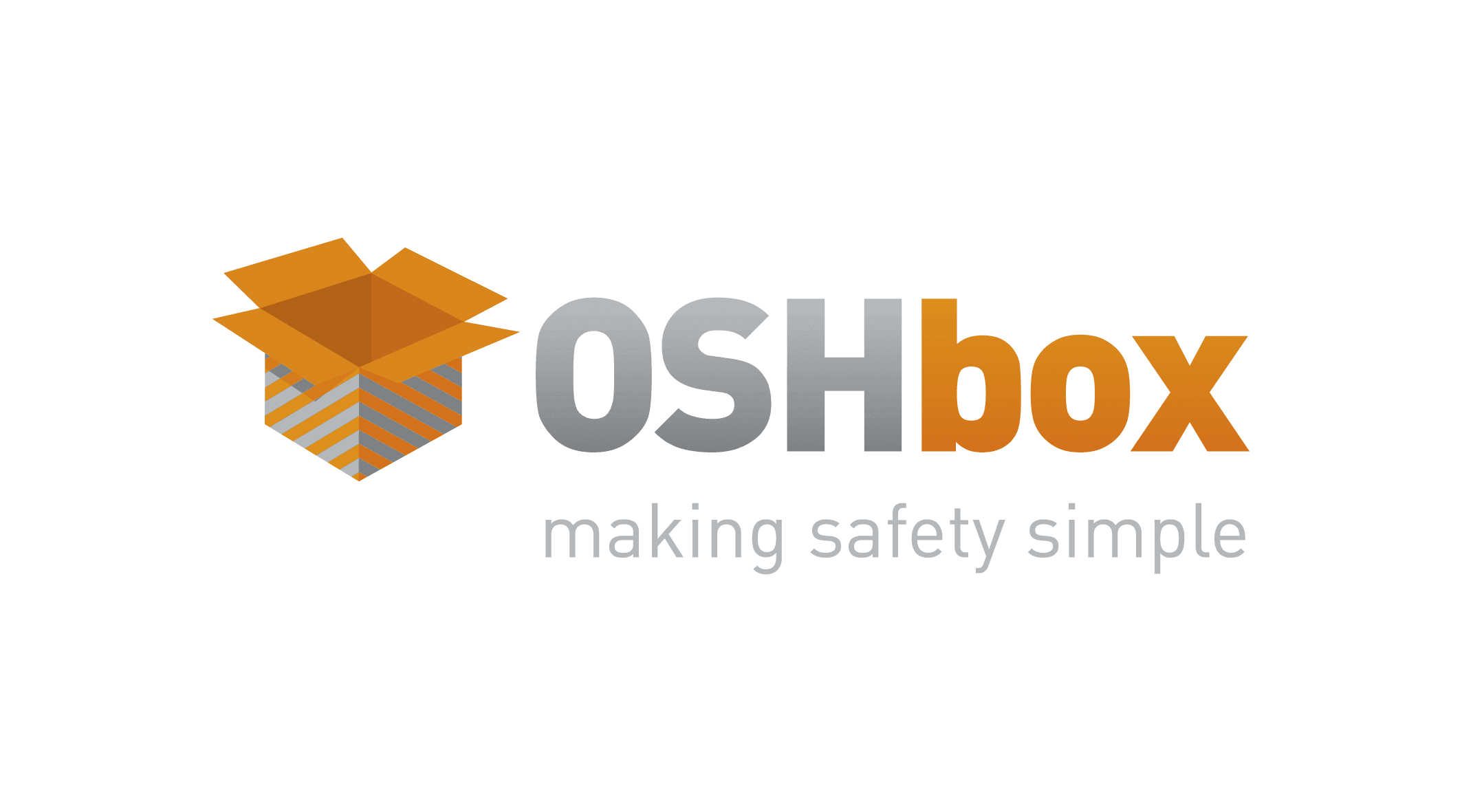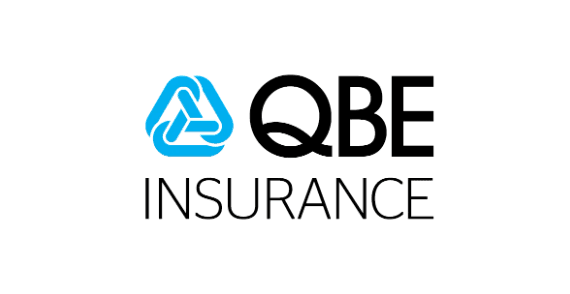When Did You Last Clean Your Roof?
At DryGutts, we understand that it's easy to forget what's going on up on the roof, when it comes to roof cleaning, as it's out of sight out of mind. But did you know that your Hamilton home's roof plays a vital role in protecting you and your loved ones from the elements?
It's also vulnerable to various natural forces. One of these forces is moss, a seemingly harmless green plant that can have significant consequences when it takes root on your roof.
While moss is the most prevalent type of growth on roofs, Hamilton homeowners should also be mindful of the development of algae and lichen as well as the accumulation of organic materials that will stimulate the growth of moss, such as fallen leaves, twigs, and branches.
What are Mosses?
The majority of mosses are tiny, green, leafy plants that grow on rocks, dirt, or bark. The height of mosses in New Zealand ranges from 1 millimetres millimetres to roughly 50 cm. There are roughly 550 different moss species in New Zealand. One-fifth of them can’t be found anywhere else in the world.
A bryophyte called moss grows from plants with roots in water. Typically springy to the touch, moss tendrils extend upward from the carpet's surface. Although moss needs water to develop, it cannot be completely submerged in water.
A thallophyte that thrives in water is algae. It lacks a stalk, a root, and leaves. Algae are clusters of single-celled plants.
Lichen is made up of both fungi and algae. Lichen is a form of fungus that coexists with algae in a symbiotic relationship and is not at all a plant. Lichen comes in four different varieties, each with a distinctive appearance, and it is easy to confuse lichen with moss.
Why is Moss Growing on my Roof?
There are around a half-dozen moss species that can thrive more successfully than they ever could in the wild in the cracks and crevices of walls, gutters, and drains. They're referred to as urban mosses. One in particular, the silvery bryum (Bryum argenteum), has colonised all towns, including Hamilton, and is currently the most common plant on Earth.
Moss, algae, and lichen flourish in wet, chilly conditions. If you have moss growing on your roof, it might be because trees or other structures are shading your Hamilton home. This stops rainwater from evaporating, which allows moisture and organic debris to accumulate on your roof and encourage the growth of moss.
Because it has no roots and is a non-vascular plant, moss takes in water through its leaves. One-celled reproduction units known as spores can eventually land on Hamilton homes after becoming airborne. The spores will collect in the cracks between the shingles of a roof, where they will eventually turn into moss. Once established, it can spread across the roof and absorb rainwater like a sponge.
Although moss and algae are frequently visible from the ground, most Hamilton roofs may actually support moss growth that can go unnoticed for a very long time. This occurs as a result of moisture that seeps under your shingles and encourages moss to grow in the absence of sunlight. Because of this, assessing moss development on your roof requires more than just a quick glance up.
How Does Moss Damage Your Roof?
If moss is present on a roof, it should be removed as soon as possible to avoid long-term roofing issues, a buildup of moisture that may result in potential weaknesses in the roof structure, and any obstructions to your drainage system.
The moss collects dirt and other debris, which holds onto water and keeps the roof moist for a longer time. This promotes the development of fungi and speeds up the decay of wood roofs.
Moss adheres to both metal and asphalt roofs but does not harm them. However, moss will cause the shingles to lift, allowing water to harm the components beneath. Roofs should always be kept clean, regardless of their material.
Moss is especially detrimental to the shingles on your roof. The three main ways moss will ruin your shingle roof are:
Your shingles will become more vulnerable to erosion and solar damage as moss removes their protective oils. Your shingles will bend and split in the sun if you don't have any protection, drastically reducing their lifespan.
Moss takes up moisture. As a result, every time it rains, the moss grows larger and spreads farther across your shingles, eroding this top layer of protection. If this moisture accumulation is not addressed, your roof will eventually need to be replaced.
Under your roof, moss grows. The moisture that the moss absorbs can enter your home's interior. Wood rot results from an accumulation of moisture inside your home, causing extensive and expensive repairs to your Hamilton home.
How to Prevent Moss Growth
Chemical Treatment
Sodium Hypochlorite
These treatments can be used to rapidly and successfully remove green mould, although they might need to be brushed in or scrubbed into the mould before being rinsed away. They will be largely useless against heavier moss and mould varieties.
The easiest approach to removing black, green, and red mould from the sides of your Hamilton home is to use this chemical in combination with a venturi system (a device that restricts fluid flow in a tube in the shape of a cone in order to accelerate it) on a water blaster and the appropriate nozzles. This is also known as soft washing or chemical washing.
Quaternary Ammonium Chloride
These products are damaging herbicides that are particularly dangerous to aquatic and plant life. It was once illegal in New Zealand but is now sold in stores. However, this product is just as hazardous today as it was back then.
Despite the fact that it's a good cleaner when used to remove moss, mould, and lichen, it should be applied carefully, and consideration should be given to how the substance will then flow into the environment. It will adhere to the surfaces of anything it comes into contact with and liquefy any organic material.
This long-term moss, mould, and lichen cleaning solution will attach to the growths and wash away over the course of six to eighteen months with the weather.
Great for clearing moss, mildew, and lichen around your Hamilton home, but not so great if it gets in your yard, waterways, lungs, skin, or eyes.
Hire a Professional
The best way to get the job done safely and effectively is to hire professionals like our team at DryGutts, who will meet all your roof cleaning, moss removal and treatment needs efficiently within Hamilton.
Talk to us now at DryGutts about your roof moss treatments or house washing needs in Hamilton and the Waikato area.
General enquiries: 07 444 4198
After-hours phone: 027 448 7761
Email: admin@drygutts.com

